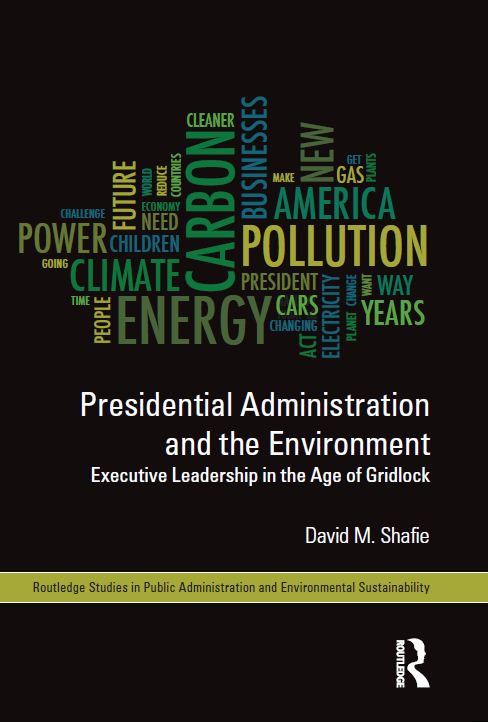Obama’s Climate Politics
June 12, 2014

The pollution rules for coal-fired power plants announced by the U.S. Environmental Protection Agency last week is the latest example of President Obama bypassing Congress to save the planet. The proposed 30 percent cut in carbon dioxide emissions will bring existing sources in line with new facilities. Combined with new automotive efficiency standards, these rules will go a long way toward meeting the targets set by the Kyoto Protocol to stabilize the climate.
Obama, like Presidents Clinton and G.W. Bush before him, is pursuing an environmental policy agenda through unilateral action and administrative leadership, according to a new book by
David Shafie, associate professor
of
Political Science
. In
Presidential Administration and the Environment,
Shafie argues that due to legislative gridlock, Congress effectively ceded its policy leadership on the environment to the White House. After passing the Clean Air Act Amendments of 1990, which created a successful emissions trading market to reduce acid rain, Congress settled into a role of reacting to initiatives from the executive branch.
Critics have denounced the latest CO
2
regulations as bureaucratic overreach, attacking the White House for using the regulatory process to usurp the policy-making role reserved for legislative branch. The regulations will certainly be challenged in federal court. However, they were years in the making, and developed in accordance with the Clean Air Act and procedures Congress defined when it delegated rule-making authority to executive agencies after World War Two.
The proposed rules give states the flexibility to determine how to achieve the reductions on their own. Nonetheless, Shafie claims that the states will not have as much flexibility as they would have enjoyed under the cap-and-trade bill that passed the House of Representatives in 2009 before stalling in the Senate. The book argues that leaders from both parties have been reluctant to enact new environmental legislation or reform existing statutes, and this enables presidents and their appointees to make critical policy decisions on their own. Thus, it becomes less likely that Congress will face up to emerging environmental challenges, such as climate change, which could be addressed more effectively through the legislative process.

